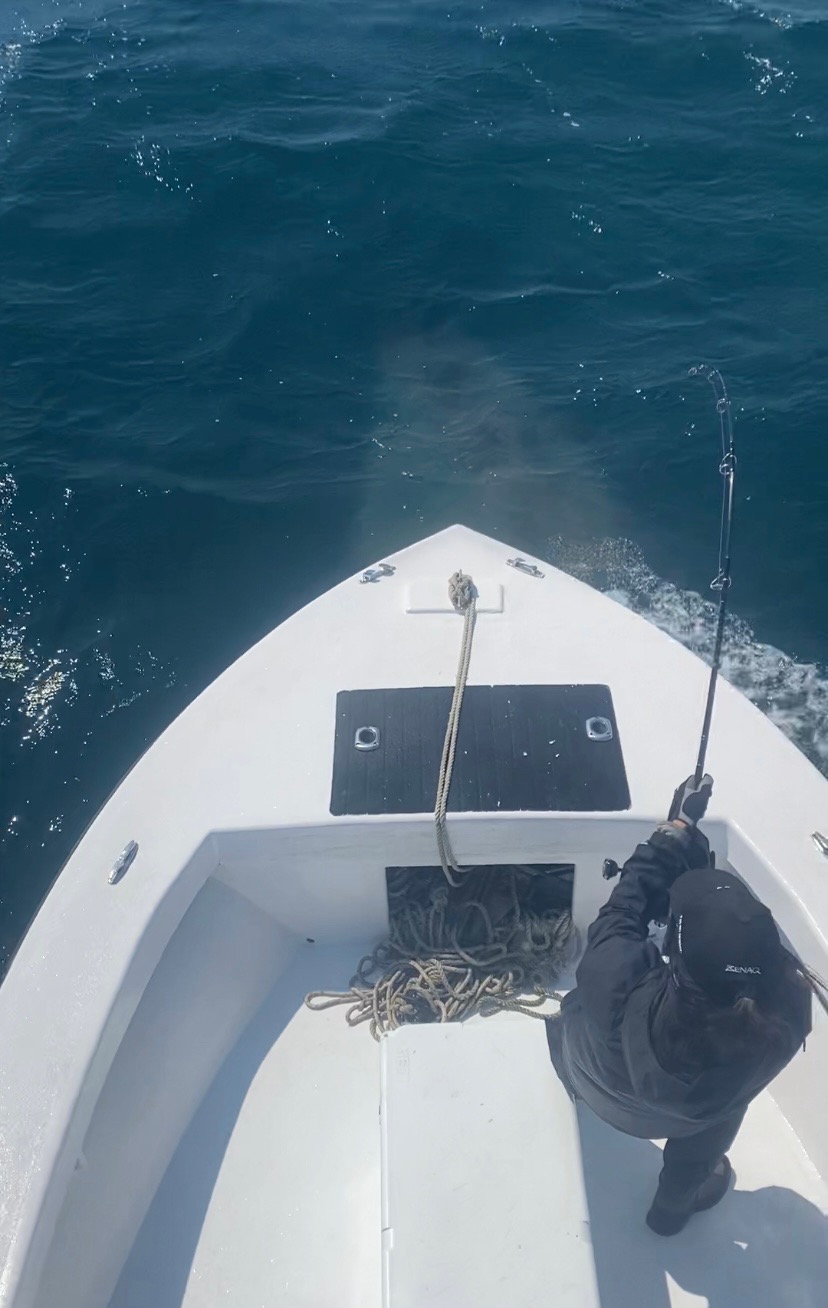The Night Sky: Get a good view Andromeda in September
September is good month to view the Andromeda galaxy, which I got a good photograph of during August.
The galaxy is about 2.5 million light years away from us. Scientists estimate that the galaxy, known as M31, contains a trillion stars. If that number is meaningless, think of it this way: A trillion pennies is $10 billion dollars! By comparison, the Milky Way, our home galaxy, contains about 300 billion stars.
The apparent magnitude of M31 is 3.4. Under clear, dark skies, it should be visible to the naked eye. That also makes it an easy target for binoculars. M31 can be found in the northeast evening skies throughout September. If you need instructions for finding it, try this URL: http://www.wikihow.com/Find-the-Andromeda-Galaxy.
Look to the Western horizon for the triangle formed by Venus, Jupiter, and Mercury just after sunset on the first three nights of September. Mercury is the very small “star” nearest to the horizon, followed by Jupiter and finally Venus. You might still be able to see all three on Sept. 4, but Mercury will be very close to the horizon and setting sun. Both Venus and Jupiter will be visible at dusk until the Sept. 14. Venus will continue to be visible near the western horizon through the rest of the month. Then, it will appear to creep further south as September progresses.
Another triangle that is easy to locate is the one formed by Saturn, Mars, and Antares. September begins with it in the south-southwest. As the month progresses, Mars will appear to lag behind Saturn and Antares as they begin the evening closer and closer to the southwest horizon.
Neptune will begin September just above the eastern horizon at dusk. Uranus will follow it, rising at 9:17 p.m. on Sept. 1. You might be able to spot Uranus with the naked eye, but it’s easier to use binoculars or a telescope for viewing these two planets.
Pluto will be in the southern skies for all of September.
HIGHLIGHTS FROM AUGUST
August was a great month for both observational astronomy and astrophotography. We had a lot of dark, clear nights with relatively low humidity.
This is the M31, the Andromeda Galaxy.
And below is NGC 6357. It’s a star-forming area in the constellation Scorpius. NGC6357 is 8,000 light years away and has an apparent magnitude of +10.
MOON PHASES:
New moon: Sept. 1
First quarter: Sept. 9
Full moon: Sept. 16
Last quarter: Sept. 23
(Gerry Lebing is a retired computer scientist with the U.S. Geological Survey in Washington, D.C. He has visited Hatteras Island since the mid-1970s. He and his wife, Karen, have owned property here for several years and moved to their home in Waves full-time in 2013. Astronomy is a subject that Gerry says he has always been interested in and one that he pursues seriously — he’s built an small observatory next to his house. You can send him questions about the night sky through e-mail, gerry@wmi.org.)

















